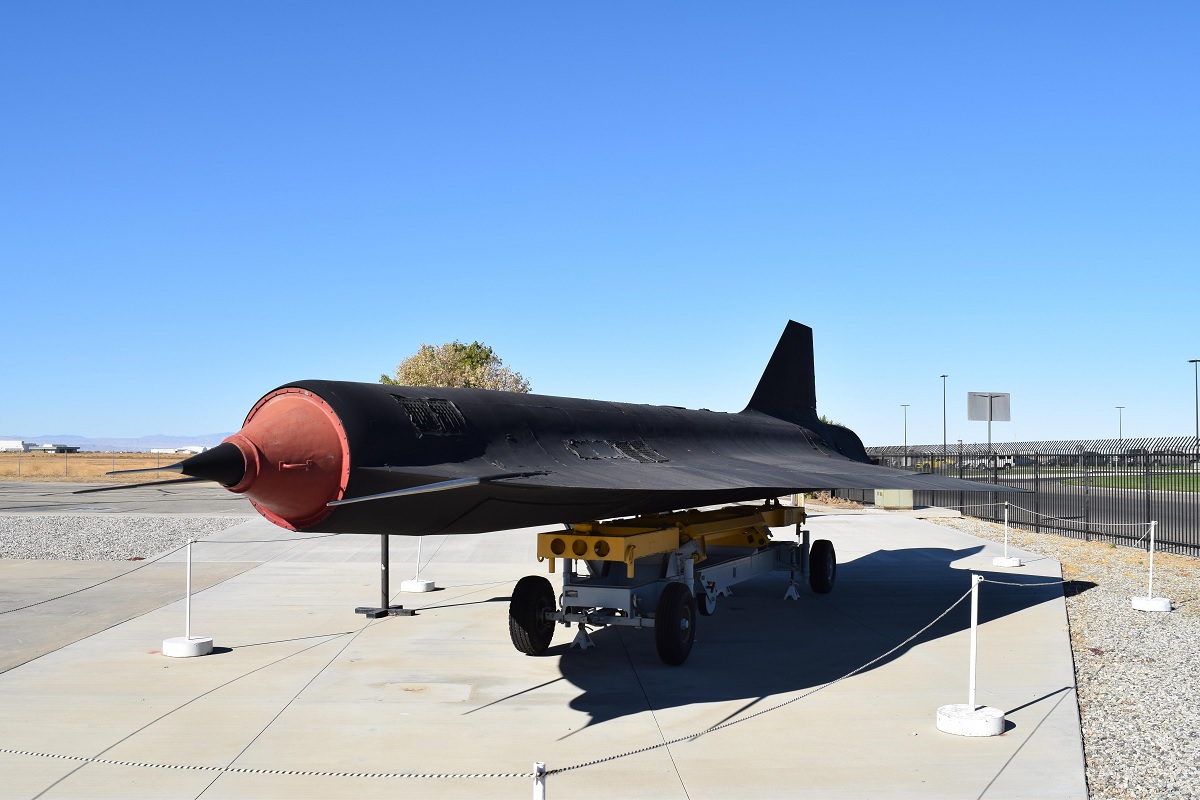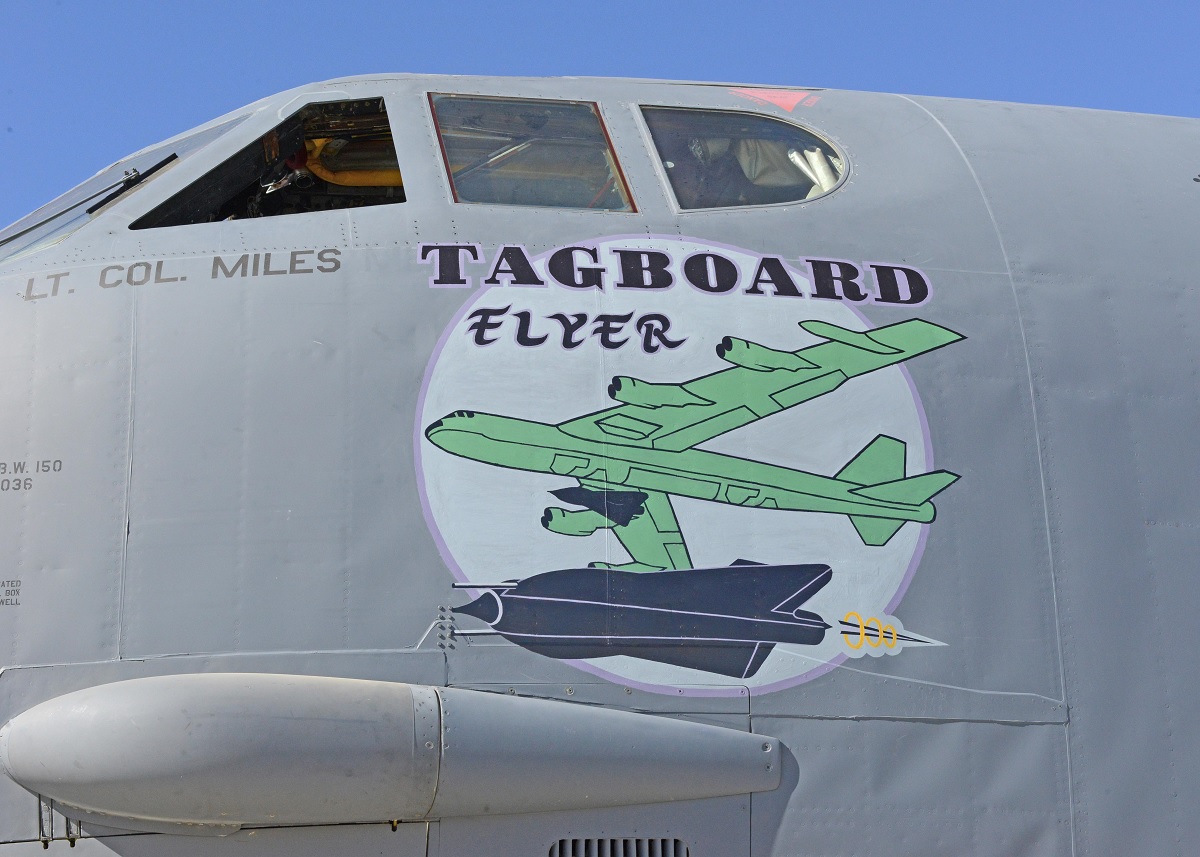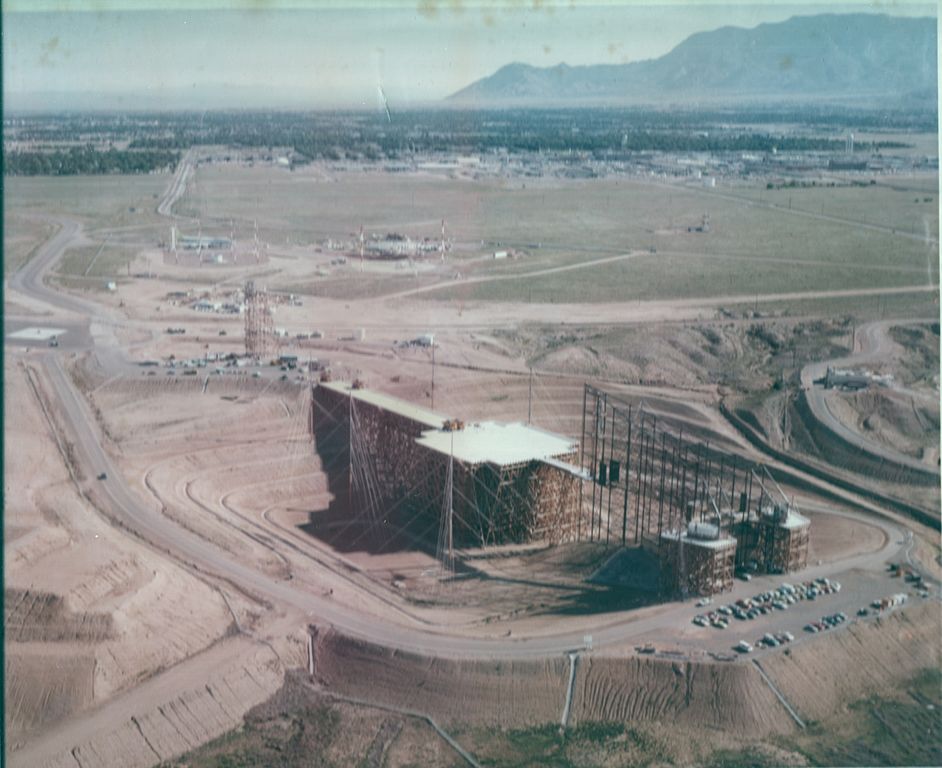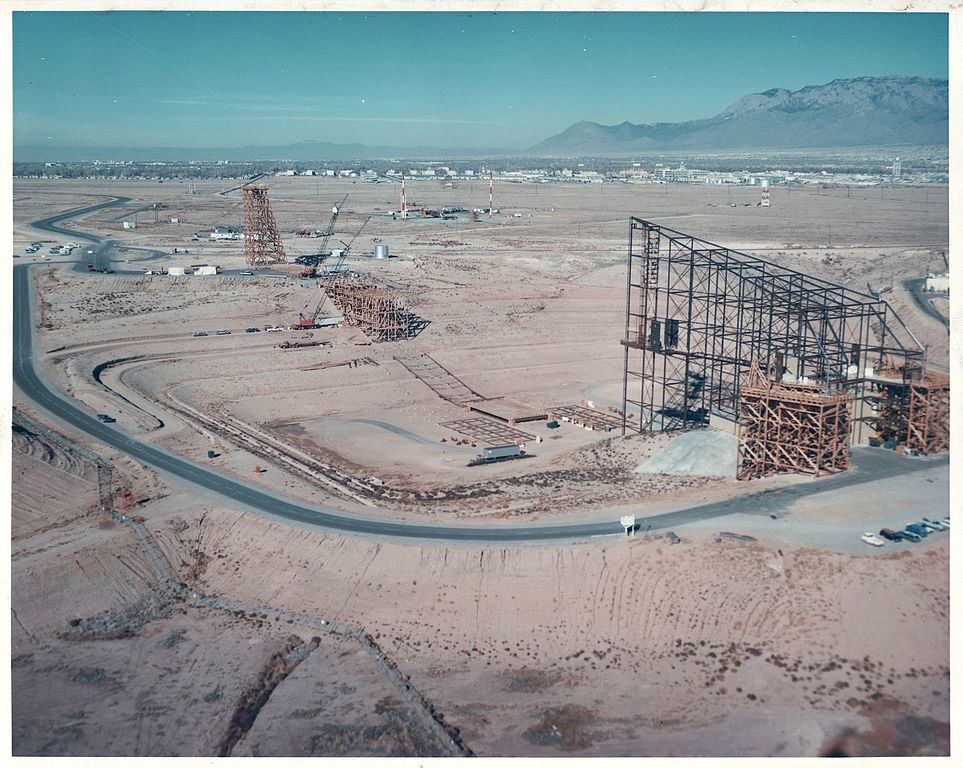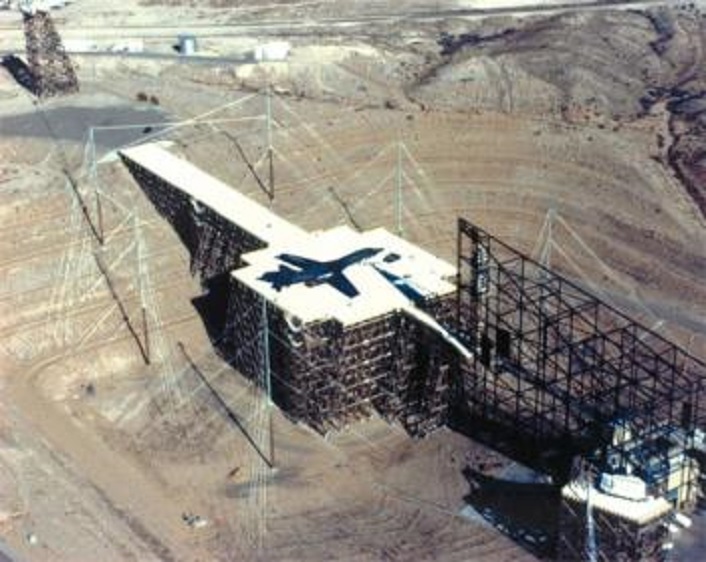Amelia Earhart and navigator Fred Noonan vanished in 1937 while attempting to fly around the world in a Lockheed Model 10-E Electra over the central Pacific Ocean near Howland Island
According to The Telegraph, a new forensic investigation has determined that the bones discovered on a remote Pacific island are most likely those of the missing aviator Amelia Earhart.
Amelia Earhart, the first woman to fly alone across the Atlantic Ocean, vanished over the Pacific Ocean on July 2, 1937, while attempting to be the first woman to fly around the world.
Since then, a number of conspiracies and rumors regarding her fate have surfaced, one of which is that the Japanese captured and held her.
However, according to a recent investigation led by University of Tennessee professor Richard L. Jantz, the bones discovered on the island of Nikumaroro three years after the pilot went missing are indeed those of the missing pilot.
The bones were first rejected as belonging to Amelia Earhart since a preliminary investigation revealed they were male. Professor Jantz has suggested that the bone measurements closely match Earhart’s records, despite the fact that forensics were not completely developed at the time.
“The only documented person to whom they may belong is Amelia Earhart,” he pointed out.
American aviation pioneer and novelist Amelia Earhart was born on July 24, 1897. She achieved many records, wrote best-selling books about her flying experiences, and was instrumental in the establishment of The Ninety-Nines, an organization for female pilots. Earhart joined the visiting faculty at Purdue University in 1935, serving as an aviation engineering advisor and a career counselor for female students. She was also a supporter of the Equal Rights Amendment and a member of the National Woman’s Party.
Earhart and navigator Fred Noonan vanished over the central Pacific Ocean near Howland Island in 1937 while trying to fly around the world in a Lockheed Model 10-E Electra Purdue-funded.
The U.S. Navy searched the area for weeks, but the plane was never located, and Earhart was formally declared dead in 1939. An exploratory team from the Phoenix Island Settlement Scheme, which sought to populate remote islands, discovered bones on Nikumaroro in 1940.
The officer in charge then directed a larger search of the area, which, according to The Telegraph, uncovered other bones, a piece of a woman’s shoe, and personal items like a sextant box and a bottle of the herbal liqueur Benedictine.
The remains were inspected by Dr. D. W. Hoodless, the principal of the Central Medical School in Fiji, who came to the conclusion that they belonged to a “stocky male” who stood roughly 5 feet, 5 inches tall.
Professor Jantz used the bone measurements acquired by Hoodless and compared them to what is known about Amelia Earhart’s body type because bones have since been lost.
Using her photographs, together with copies of her driver’s and pilot’s licenses, Jantz was able to piece together Earhart’s bone dimensions.
Summing up the process, he said: “If the skeleton were available, it would presumably be a relatively straightforward task to make a positive identification or a definitive exclusion.
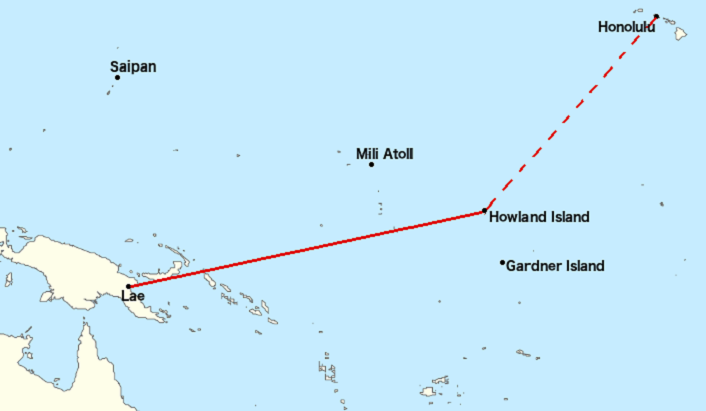
“Unfortunately, all we have are the meager data in Hoodless’s report and a premortem record gleaned from photographs and clothing.
“From the information available, we can at least provide an assessment of how well the bones fit what we can reconstruct of Amelia Earhart.”
Professor Jantz claimed that in 1940 “osteology was not yet a well-developed discipline,” leading Hoodless to incorrectly assign the gender of the remains.
According to his own research, the bones were more similar to Amelia Earhart’s measurements than 99 percent of a considerable sample size.
Jantz concluded: “Until definitive evidence is presented that the remains are not those of Amelia Earhart, the most convincing argument is that they are hers.”
What happened to Earhart and Noonan after they vanished is the subject of much speculation. Although many explanations, including various conspiracy ideas, have been put out, most historians still adhere to the straightforward “crash and sink” scenario.
Some claim that Earhart and Noonan made it to another place after landing; however, they were either never discovered or murdered, which makes en-route locations like Tarawa implausible. The Japanese-controlled Marshall Islands, which are located 870 miles (1,400 km) away from Howland at Mili Atoll, the uninhabited Gardner Island, and the Japanese-controlled Northern Mariana Islands, which are situated 2,700 miles (4,300 km) away from Howland, have all been suggested as potential locations.
Photo by NASA on The Commons, United States Library of Congress’s Prints and Photographs division, SnowFire and Underwood & Underwood via Wikipedia



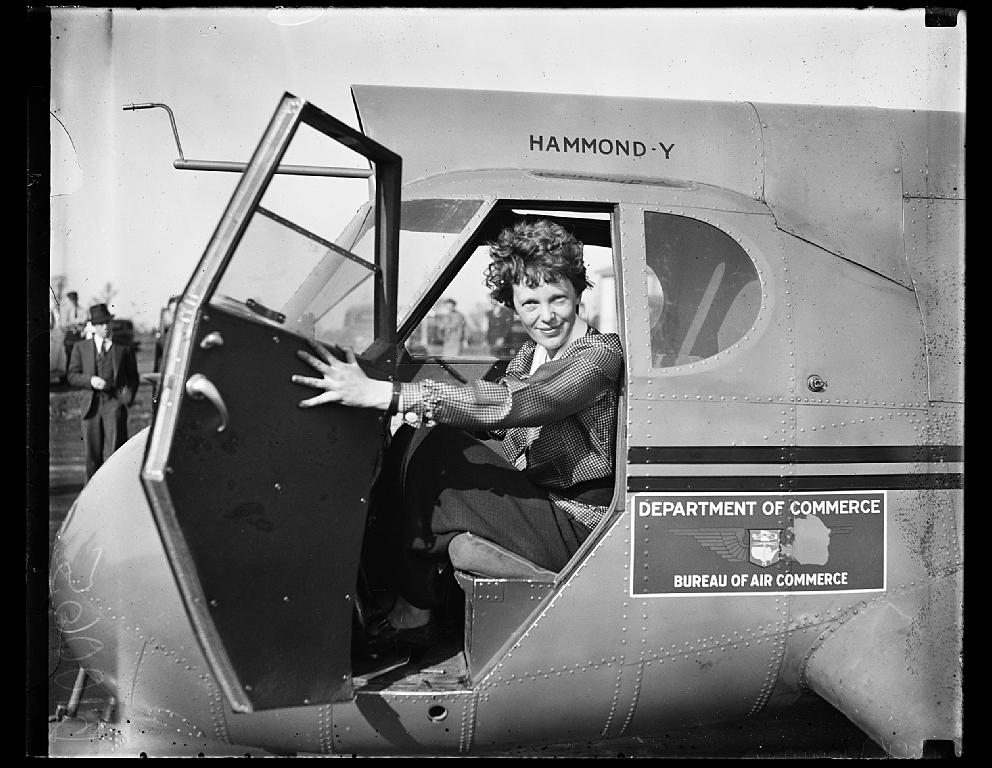

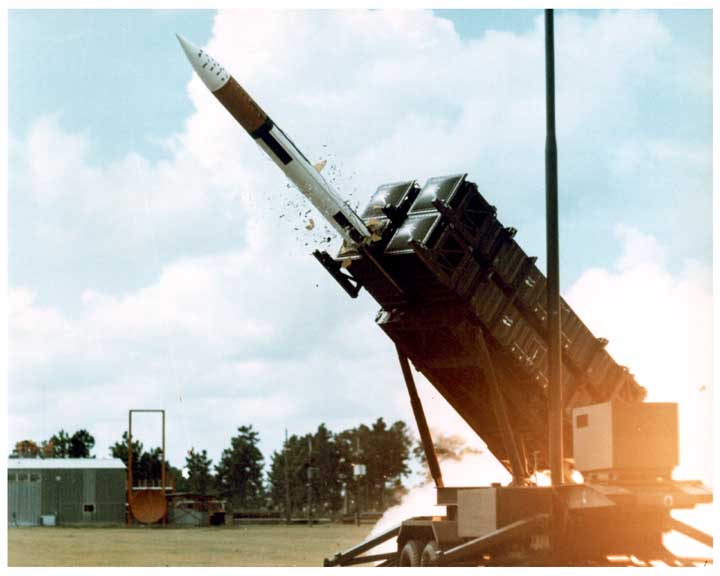
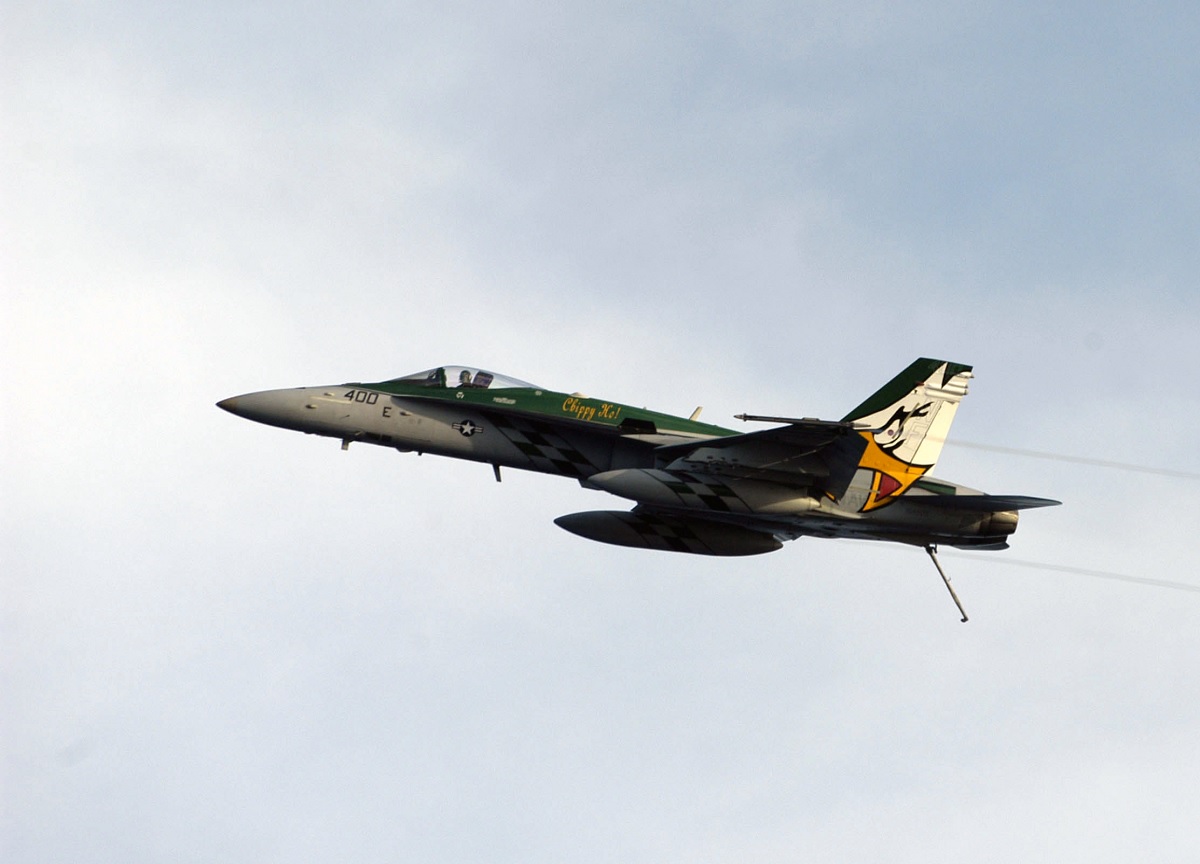



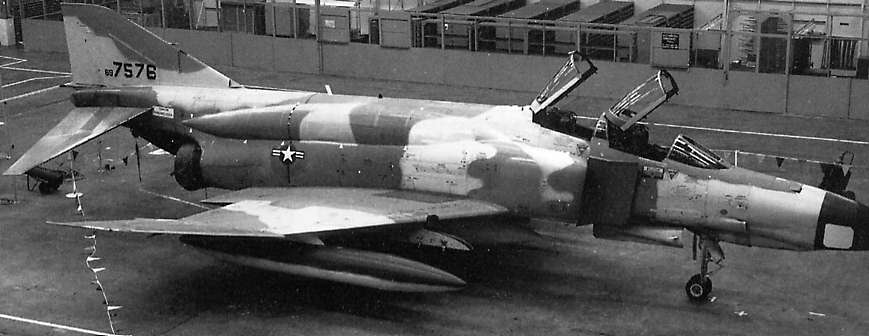
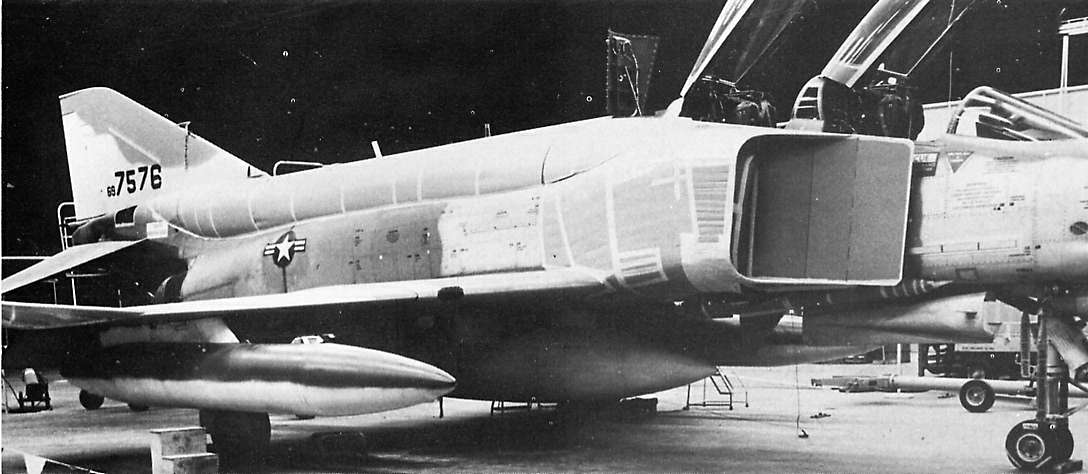
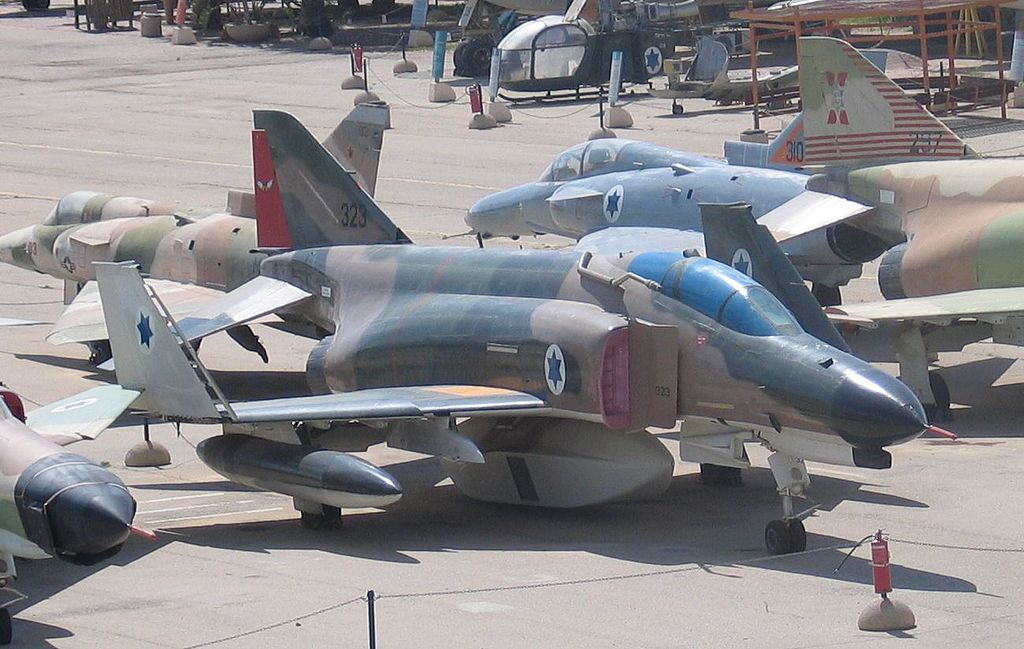




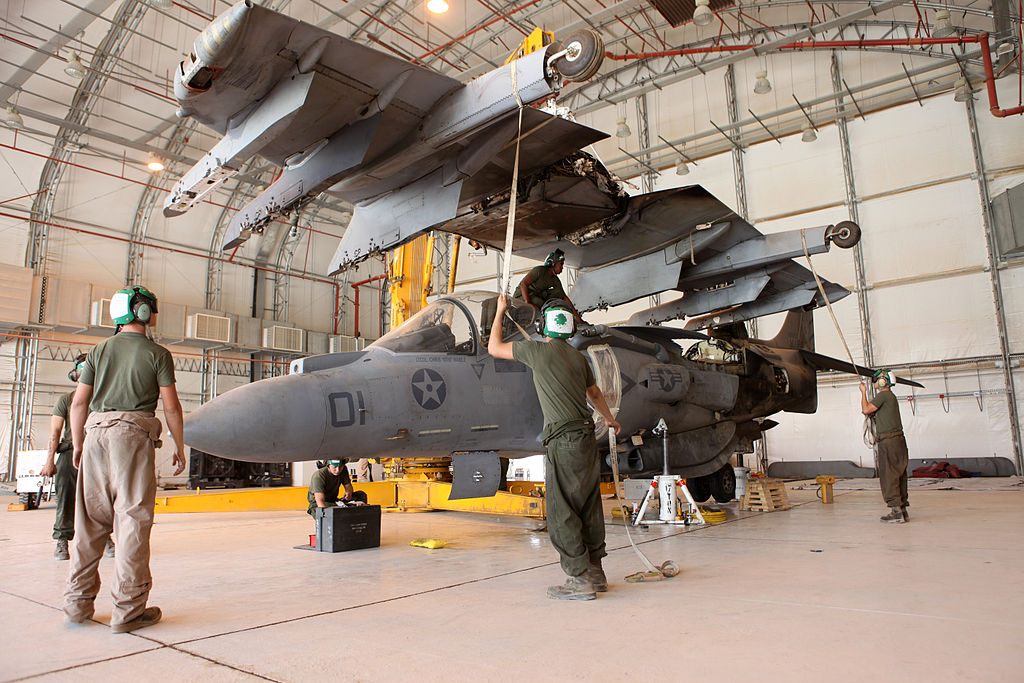
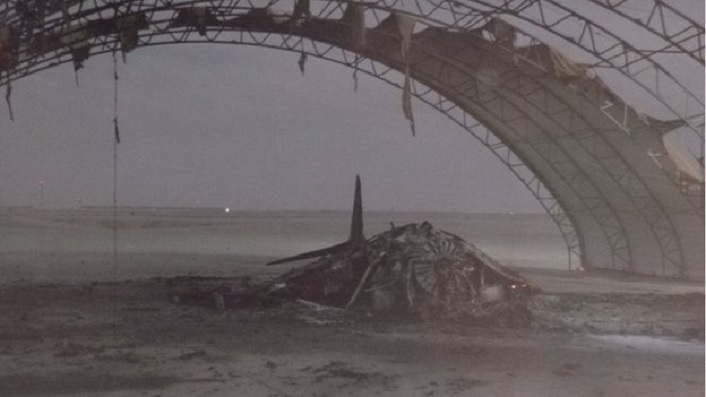


![How this A-10 was able to RTB after her right engine had been struck by an Iraqi SAM [today the aircraft's damaged cowling is on display at the National Guard Museum]](https://aviation-wings.com/wp-content/uploads/2018/02/A-10.jpg)
![How this A-10 was able to RTB after her right engine had been struck by an Iraqi SAM [today the aircraft's damaged cowling is on display at the National Guard Museum]](https://aviation-wings.com/wp-content/uploads/2018/02/Cowling.jpg)
![How this A-10 was able to RTB after her right engine had been struck by an Iraqi SAM [today the aircraft's damaged cowling is on display at the National Guard Museum]](https://aviation-wings.com/wp-content/uploads/2018/02/A-10A-Cowling-reconstruction.jpg)
![How this A-10 was able to RTB after her right engine had been struck by an Iraqi SAM [today the aircraft's damaged cowling is on display at the National Guard Museum]](https://aviation-wings.com/wp-content/uploads/2018/02/Damaged-Cowling.jpg)


